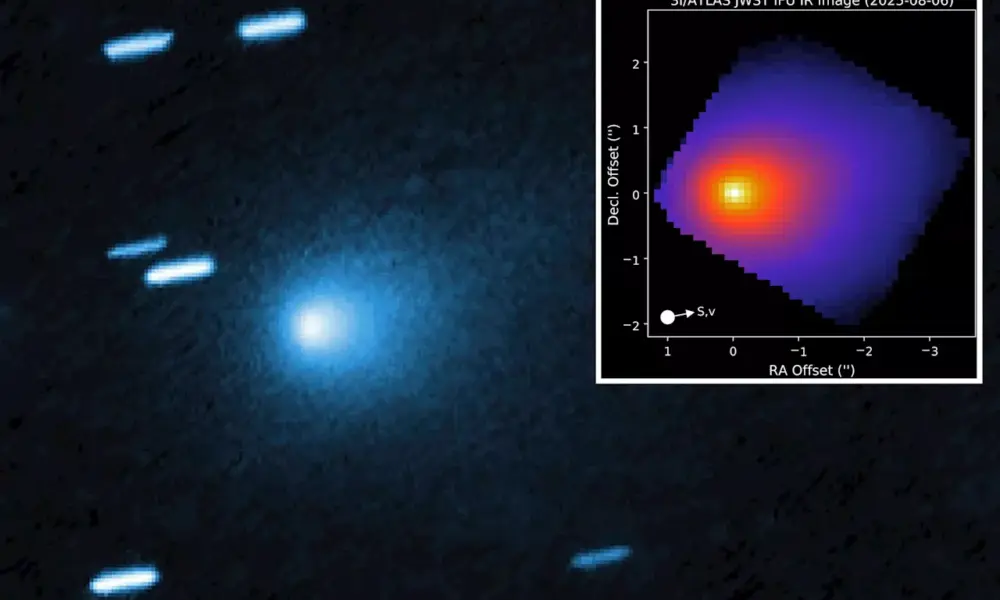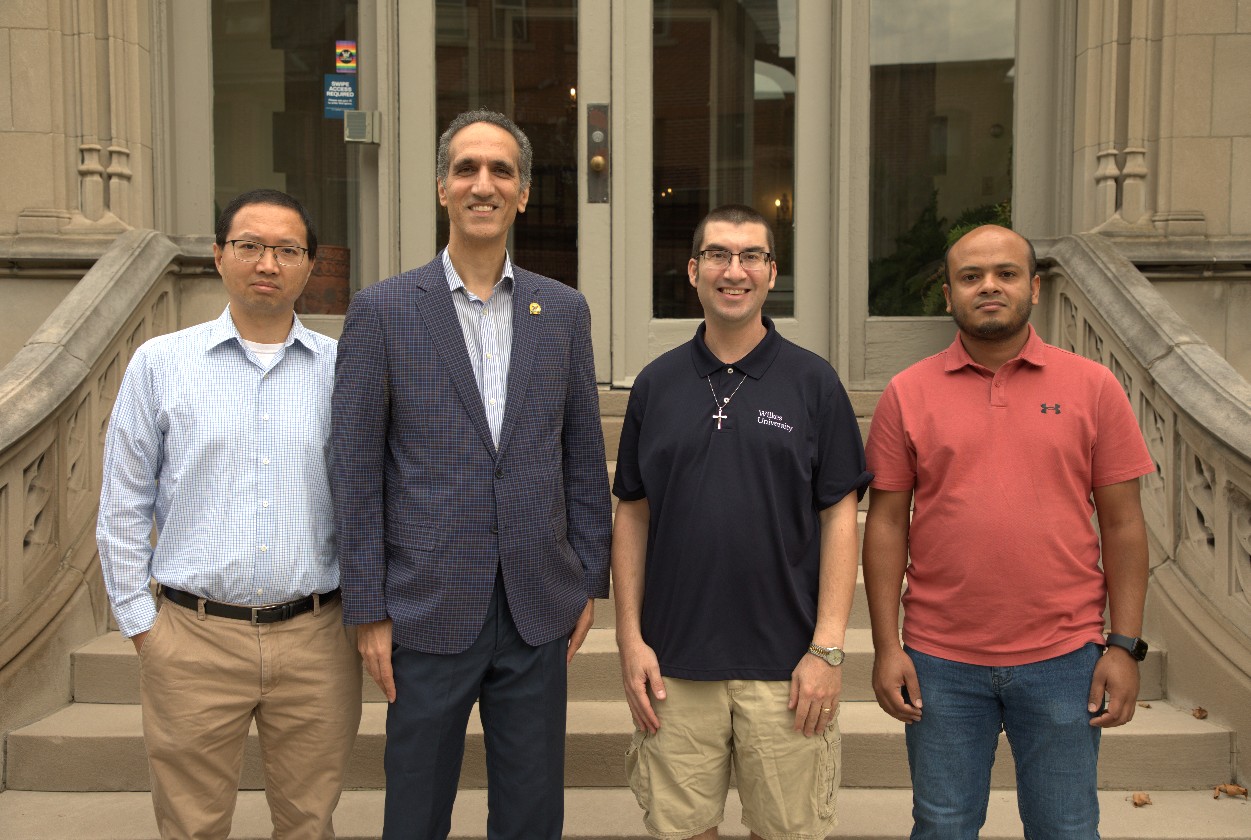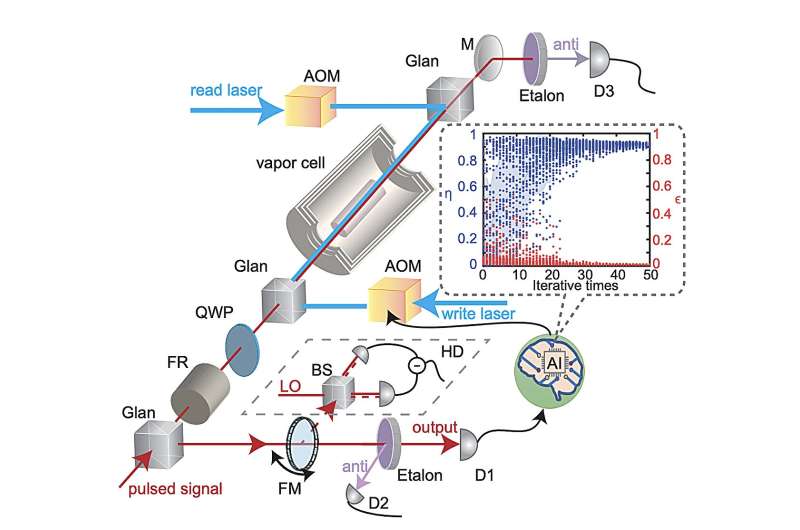A recent discovery has revealed that the interstellar object known as 3I/ATLAS is emitting a metal alloy never before observed in nature. According to Dr. Avi Loeb, a Harvard astrophysicist, new images captured by the Keck II Telescope in Hawaii confirm that this object is releasing a plume containing approximately four grams of nickel per second, while showing no evidence of iron. This phenomenon has never been recorded in comets and results in an alloy called nickel tetracarbonyl, primarily known from industrial processes.
The unique characteristics of 3I/ATLAS challenge conventional understanding of cometary behavior. Dr. Loeb emphasized that the process leading to the formation of this alloy is typically used in manufacturing, particularly in aerospace applications, for metal coatings. He noted, “There is only one place where that is known to exist, and that is in industrially produced nickel alloys.” The absence of iron in the emission raises intriguing questions about the object’s composition and behavior.
Unusual Features and Ongoing Observations
Another remarkable aspect of 3I/ATLAS is its lack of a traditional cometary tail, which is commonly seen in similar celestial bodies. Dr. Loeb stated, “We usually see beautiful tails extending from the object away from the Sun, and in this case there was no evidence for such a tail.” Instead, images from the Hubble Space Telescope revealed a stream of materials, weighing approximately 150 kilograms per second, directed towards the Sun. This stream largely consists of carbon dioxide and water, with detectable trace amounts of cyanide and nickel.
Astrophysicists are currently awaiting additional data captured by the Mars Reconnaissance Orbiter between October 4 and 7, 2025. However, the release of these images has been delayed due to a government shutdown affecting NASA’s communications department. Dr. Loeb expressed frustration over the situation, stating, “Who cares about the communication departments? We want to see the data from the scientists.” The upcoming images are expected to provide the closest and most detailed views of 3I/ATLAS during its brief passage through our solar system.
The scientific community is eager to further investigate this mysterious interstellar object, hoping to unlock insights into its origin and the implications of its unusual emissions. The findings may enhance our understanding of not only this particular object but also the broader characteristics of interstellar bodies.
As researchers continue to analyze the data and await new images, the excitement surrounding 3I/ATLAS demonstrates the ongoing allure of space exploration and the potential for groundbreaking discoveries in our understanding of the universe.







